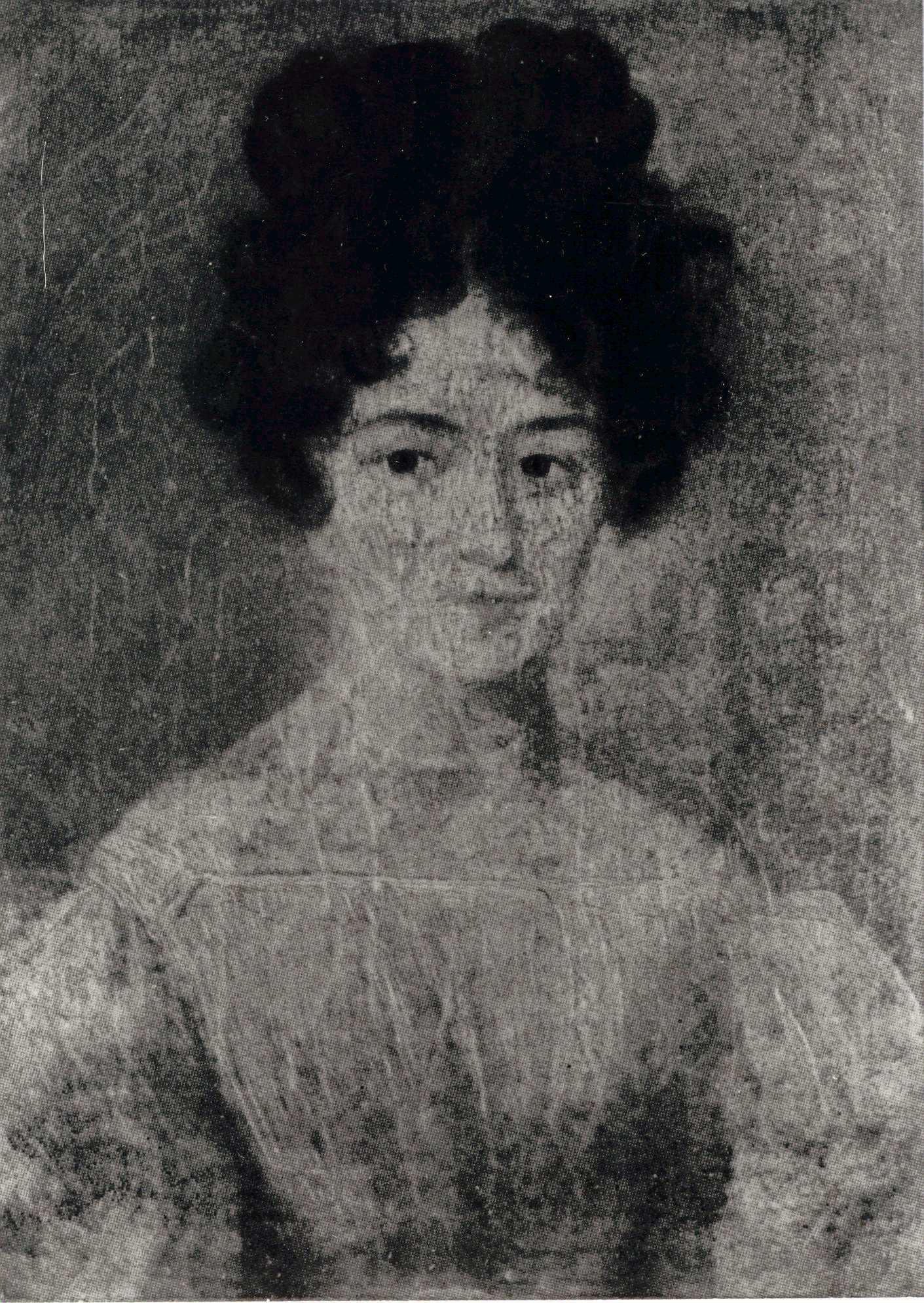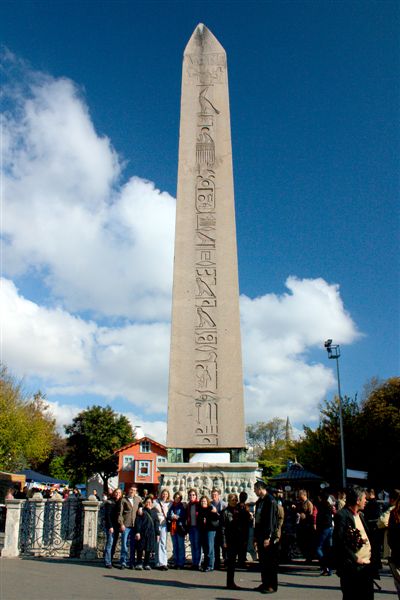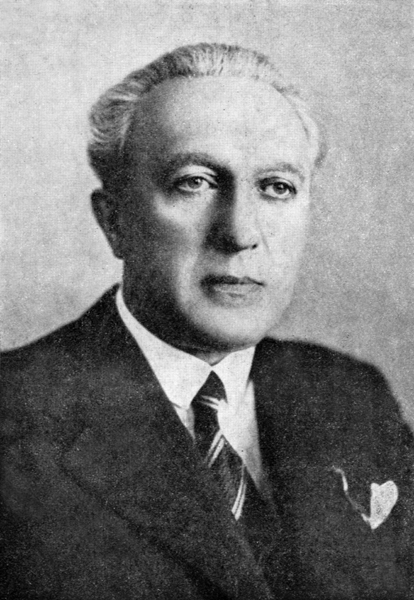|
Memorials To Frédéric Chopin
The following is a compilation of memorials to the composer Frédéric Chopin in the form of physical monuments, institutions, and other entities named after him. Chopin's Polish residences Fryderyk Chopin's principal Polish residences survive — most of them rebuilt from the devastations of World War II — except for the Saxon Palace, where his father Mikołaj Chopin in October 1810 (when Fryderyk was six months old) took a post teaching French at the Warsaw Lyceum, housed in the Saxon Palace. The Chopin family lived on the premises. In 1817, the Saxon Palace was requisitioned by Warsaw's Russian governor for military use, and the Warsaw Lyceum was reestablished in the Kazimierz Palace (today the rectorate of Warsaw University). Fryderyk and his family moved to an extant building (center photo, below) adjacent to the Kazimierz Palace. In 1827, soon after the death of Chopin's youngest sister Emilia, the family moved from the Warsaw University building adjacent to the Kazi ... [...More Info...] [...Related Items...] OR: [Wikipedia] [Google] [Baidu] |
Heart Of Frédéric Chopin
The heart of Frédéric Chopin was separated from his body after he died in Paris, France, on 17 October 1849, aged 39. The Polish composer Frédéric Chopin had a fear of being premature burial, buried alive and requested that his physician Jean Cruveilhier perform an autopsy. While Chopin's body was buried at the Père Lachaise Cemetery in Paris, his heart was immersed in alcohol (probably cognac) and placed in an oak container. Before his death, one of Chopin's last requests was that his eldest sister, Ludwika Jędrzejewicz, take his heart to Poland to be buried at a local church. She complied with his wishes, smuggling his heart through customs at the Austrian border, past Russian border agents and into Poland. It was given to the Holy Cross Church, Warsaw, Holy Cross Church in Warsaw and kept in the catacombs. After a local journalist discovered the heart in a box, it was transferred to the upper part of the church in 1879 and immured in a pillar. During the Warsaw Uprising ... [...More Info...] [...Related Items...] OR: [Wikipedia] [Google] [Baidu] |
Szafarnia, Kuyavian-Pomeranian Voivodeship
Szafarnia is a village in the administrative district of Gmina Radomin, within Golub-Dobrzyń County, Kuyavian-Pomeranian Voivodeship, in north-central Poland. It lies east of Golub-Dobrzyń and east of Toruń. It is part of historic Dobrzyń Land. Chopin At the age of 14 and 15, Frédéric Chopin Frédéric François Chopin (born Fryderyk Franciszek Chopin; 1 March 181017 October 1849) was a Polish composer and virtuoso pianist of the Romantic period who wrote primarily for Piano solo, solo piano. He has maintained worldwide renown ... visited Szafarnia as the guest of Polish nobleman Juliusz Dziewanowski, father of Chopin's schoolmate Dominik Dziewanowski. Chopin's father was a tutor to the Dziewanowski family and Juliusz was the godfather to Chopin's sister. The families maintained warm relations past Frédéric's death The manor where Chopin stayed during his 1824 and 1825 summer vacations, has been turned into a museum. References Villages in Golub-Dobrzy� ... [...More Info...] [...Related Items...] OR: [Wikipedia] [Google] [Baidu] |
Sandstone
Sandstone is a Clastic rock#Sedimentary clastic rocks, clastic sedimentary rock composed mainly of grain size, sand-sized (0.0625 to 2 mm) silicate mineral, silicate grains, Cementation (geology), cemented together by another mineral. Sandstones comprise about 20–25% of all sedimentary rocks. Most sandstone is composed of quartz or feldspar, because they are the most resistant minerals to the weathering processes at the Earth's surface. Like uncemented sand, sandstone may be imparted any color by impurities within the minerals, but the most common colors are tan, brown, yellow, red, grey, pink, white, and black. Because sandstone beds can form highly visible cliffs and other topography, topographic features, certain colors of sandstone have become strongly identified with certain regions, such as the red rock deserts of Arches National Park and other areas of the Southwestern United States, American Southwest. Rock formations composed of sandstone usually allow the p ... [...More Info...] [...Related Items...] OR: [Wikipedia] [Google] [Baidu] |
Obelisk
An obelisk (; , diminutive of (') ' spit, nail, pointed pillar') is a tall, slender, tapered monument with four sides and a pyramidal or pyramidion top. Originally constructed by Ancient Egyptians and called ''tekhenu'', the Greeks used the Greek term to describe them, and this word passed into Latin and ultimately English. Though William Thomas used the term correctly in his ''Historie of Italie'' of 1549, by the late sixteenth century (after reduced contact with Italy following the excommunication of Queen Elizabeth), Shakespeare failed to distinguish between pyramids and obelisks in his plays and sonnets. Ancient obelisks are monolithic and consist of a single stone; most modern obelisks are made of several stones. Ancient obelisks Egyptian Obelisks were prominent in the architecture of the ancient Egyptians, and played a vital role in their religion placing them in pairs at the entrance of the temples. The word "obelisk" as used in English today is of Greek rathe ... [...More Info...] [...Related Items...] OR: [Wikipedia] [Google] [Baidu] |
Żelazowa Wola
Żelazowa Wola () is a village in Gmina Sochaczew, Sochaczew County, Masovian Voivodeship, in east-central Poland. It lies on the Utrata River, some northeast of Sochaczew and west of Warsaw. Description The village is known for being the birthplace of the Polish pianist and composer Frédéric Chopin, and for its picturesque Masovian landscape, including numerous winding streams surrounded by willows and hills. In 1909, in celebration of Chopin's centenary, Russian composer Sergei Lyapunov wrote the symphonic poem ''Zelazowa Wola (Lyapunov), Zhelazova Vola'' (Żelazowa Wola), Op. 37 (), "in memory of Chopin". Housed in an annex to the Chopins's home, surrounded by a park, is a Birthplace of Fryderyk Chopin, museum devoted to the composer. In summer, concerts of his music are performed by pianists from all over the world, who play inside the family home for an outside audience. In an adjacent park is a Frédéric Chopin monument in Żelazowa Wola, monument to the pianist, desi ... [...More Info...] [...Related Items...] OR: [Wikipedia] [Google] [Baidu] |
Epitaph
An epitaph (; ) is a short text honoring a deceased person. Strictly speaking, it refers to text that is inscribed on a tombstone or plaque, but it may also be used in a figurative sense. Some epitaphs are specified by the person themselves before their death, while others are chosen by those responsible for the burial. An epitaph may be written in prose or in poem verse. Most epitaphs are brief records of the family, and perhaps the career, of the deceased, often with a common expression of love or respect—for example, "beloved father of ..."—but others are more ambitious. From the Renaissance to the 19th century in Western culture, epitaphs for notable people became increasingly lengthy and pompous descriptions of their family origins, career, virtues and immediate family, often in Latin. Notably, the Laudatio Turiae, the longest known Ancient Roman epitaph, exceeds almost all of these at 180 lines; it celebrates the virtues of an honored wife (sometimes identified, but ... [...More Info...] [...Related Items...] OR: [Wikipedia] [Google] [Baidu] |
Polska Akademia Umiejętności
The Polish Academy of Arts and Sciences or Polish Academy of Learning (, PAU), headquartered in Kraków and founded in 1872, is one of two institutions in contemporary Poland having the nature of an academy of sciences (the other being the Polish Academy of Sciences, headquartered in Warsaw). The Polish Academy of Arts and Sciences is co-owner of the Polish Library in Paris. History The Academy traces its origins to Academy of Learning founded in 1871, itself a result of the transformation of the , in existence since 1815. Though formally limited to the Austrian Partition, the Academy served from the beginning as a learned and cultural society for the entire Polish nation. Its activities extended beyond the boundaries of the Austrian Partition, gathering scholars from all of Poland, and many other countries as well. Some indication of how the Academy's influence extended beyond the boundaries of the Partitions came in 1893, when the collection of the Polish Library in Paris, t ... [...More Info...] [...Related Items...] OR: [Wikipedia] [Google] [Baidu] |
Kraków
, officially the Royal Capital City of Kraków, is the List of cities and towns in Poland, second-largest and one of the oldest cities in Poland. Situated on the Vistula River in Lesser Poland Voivodeship, the city has a population of 804,237 (2023), with approximately 8 million additional people living within a radius. Kraków was the official capital of Poland until 1596, and has traditionally been one of the leading centres of Polish academic, cultural, and artistic life. Cited as one of Europe's most beautiful cities, its Kraków Old Town, Old Town was declared a UNESCO World Heritage Site in 1978, one of the world's first sites granted the status. The city began as a Hamlet (place), hamlet on Wawel Hill and was a busy trading centre of Central Europe in 985. In 1038, it became the seat of King of Poland, Polish monarchs from the Piast dynasty, and subsequently served as the centre of administration under Jagiellonian dynasty, Jagiellonian kings and of the Polish–Lithuan ... [...More Info...] [...Related Items...] OR: [Wikipedia] [Google] [Baidu] |
Polski Słownik Biograficzny
''Polski Słownik Biograficzny'' (''PSB''; Polish Biographical Dictionary) is a Polish-language biographical dictionary, comprising an alphabetically arranged compilation of authoritative biographies of some 25,000 notable Poles and of foreigners who have been active in Poland – famous as well as less-well-known persons – from Popiel, Piast Kołodziej, and Mieszko I, at the dawn of Polish history, to persons who died in the year 2000. The ''Dictionary'', published incrementally since 1935, is a work in progress. It currently covers entries from A to S and its completion is expected about 2030. The PSB is, by its own assessment, "at present... one of the world's leading biographical publications." Outside Poland, it is available at the British Library, the Library of Congress, the Vatican Library, the Hoover Institution on War, Revolution and Peace, the University of California at Berkeley, Stanford University, the Getty Museum, and many other national and major research li ... [...More Info...] [...Related Items...] OR: [Wikipedia] [Google] [Baidu] |
Zdzisław Jachimecki
Zdzisław Jachimecki (Lwów, 7 July 1882 – 27 October 1953, Kraków) was a Polish historian of music, composer, professor at the Jagiellonian University and the Academy of Music in Kraków, Kraków Music Academy, and member of the Polish Academy of Learning. Life Born in Lwów in 1882, in 1904–5 he studied counterpoint with Arnold Schönberg in Vienna.See Jachimecki's account in the album, ''Dem Lehrer Arnold Schönberg'', at the Arnold Schönberg Center, Vienna. Partial bibliography * ''Mozart. W 150 rocznicę urodzin'' (1906) * ''Hugo Wolf'' (1908) * ''Joseph Haydn, Józef Haydn'' (1910) * ''Richard Wagner, Ryszard Wagner'' (1911) * ''Wspomnienia Karol Kurpiński, Kurpińskiego'' (1911) * ''Artega i Wagner jako teoretycy dramatu muzycznego'' (1912) * ''Muzyka na dworze króla Władysław II Jagiełło, Władysława Jagiełły, 1424–1430'' (1915) * ''Moniuszko'' (1921) * ''Fryderyk Chopin'' (1927) * ''Na marginesie pieśni studenckiej z XV-go wieku'' (1930) * ''Nieuwzgl� ... [...More Info...] [...Related Items...] OR: [Wikipedia] [Google] [Baidu] |





